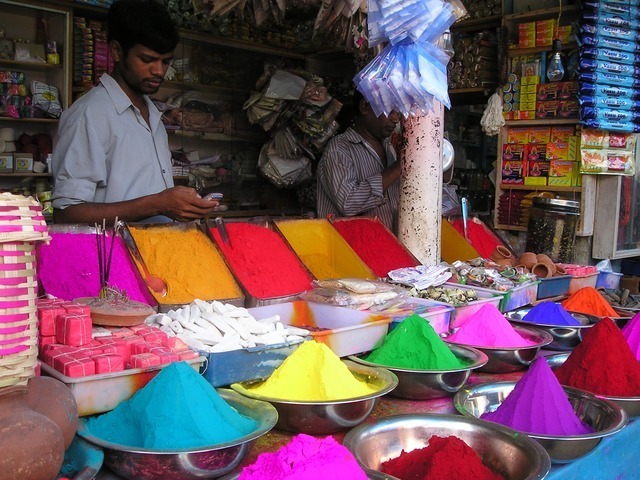 As the Indian economy struggles to cope with a diverse set of challenges, the sharp decline of the rupee against the US dollar – reaching an all-time low of nearly 70 against the dollar – is of paramount concern. If the rupee continues to decline, it will have even more severe impact, leading to soaring fuel costs, growing import expenditures, and higher inflation. Fear that capital flight will increase as the United States Federal Reserve prepares to rein in stimulus, has contributed to the fall in the Indian Rupee. The situation is also exacerbated by a slowdown in domestic consumption. The government’s attempt to reverse the slide via market intervention and other actions such as increasing tax on imported gold has been ineffective.
As the Indian economy struggles to cope with a diverse set of challenges, the sharp decline of the rupee against the US dollar – reaching an all-time low of nearly 70 against the dollar – is of paramount concern. If the rupee continues to decline, it will have even more severe impact, leading to soaring fuel costs, growing import expenditures, and higher inflation. Fear that capital flight will increase as the United States Federal Reserve prepares to rein in stimulus, has contributed to the fall in the Indian Rupee. The situation is also exacerbated by a slowdown in domestic consumption. The government’s attempt to reverse the slide via market intervention and other actions such as increasing tax on imported gold has been ineffective.
Economic Welfare – A Mirage?
Despite the fall in the rupee’s value, export industries have not benefited and India has not yet been able to attract substantial capital inflows. This is in part due to poor infrastructure and also obstructive regulation that prevents Indian manufacturers from competing globally. If the US Federal Reserve puts a halt on the bond purchase program, there will be an abrupt outflow of funds, and the obvious result will be an India vying for dollars. The situation has become particularly fickle in light of the slowdown in the economy.
Gold imports account for 11% while crude oil imports constitute 35% of India’s trade invoice. One of the prime reasons behind downward movement of the rupee is the continuous demand from oil importers for payment in dollars. In a similar manner, declining gold prices, leading to a spike demand, have led the central bank to cut down on imports. This has a direct impact on the currency. Presently, robust structural reform is required to bring about a stable balance of payments within the Indian economy.
The weakening rupee has resulted in a rise in the cost of iron ore, fertilizers, crude oil and even medicines, which are imported by India in large quantities. Although these are not daily consumption items, they have a significant impact on the country’s finances. This increase in cost also extends to goods such as detergents, soaps, shampoos and deodorants, which utilize crude oil as an input. Interestingly, the price of palm oil and other edible oils, which India imports in considerable quantities, will also contribute to inflationary pressures if their prices increase.
The Industrial Impact
In light of the weaker rupee, the companies that will fare best are those that earn in dollars and expend in rupees, which include some of the major players in India’s IT space. Other export-oriented sectors with minor imported-input requirements should hold up. Nonetheless, there is a sizeable proportion of companies in India that are dependent on imported materials and equipment not available domestically. These companies will feel the pain from the sliding rupee.
Another brewing risk that investors will need to watch as the rupee falls is the likelihood that Indian companies might default, so far as their dollar loans are concerned. A continuous array of such defaults might pose a serious threat to India’s economy. Any further decrease in the rupee will increase foreign currency or non-resident obligations – liabilities that could be detrimental. In the wake of India’s worst economic crisis in 22 years, the Reserve Bank recently increased interest rates in order to mitigate inflationary pressures. The pessimism has certainly created opportunities for long-term investors who are willing to patiently tolerate a bumpy ride in the interim.

